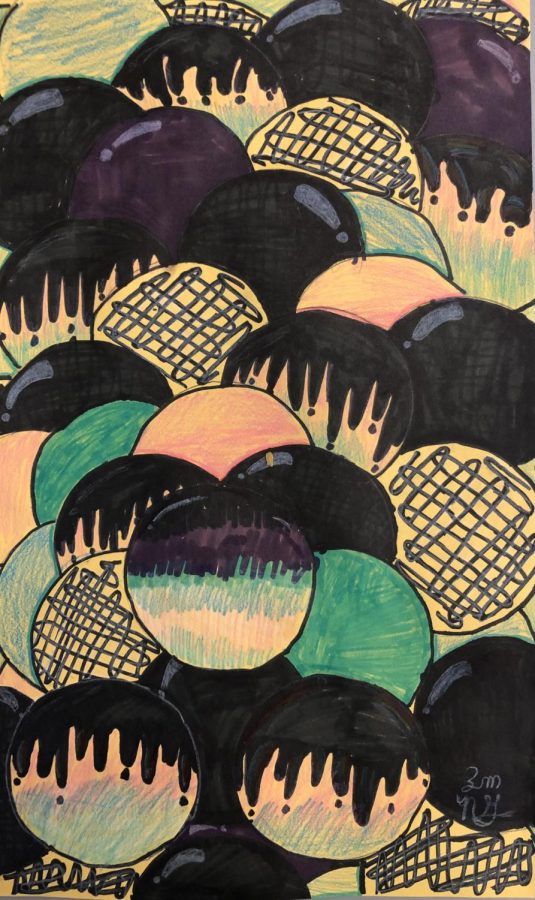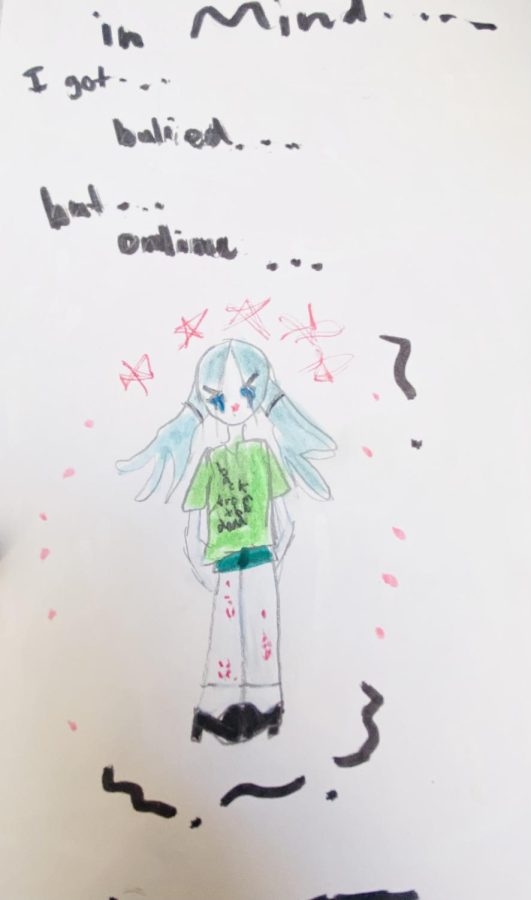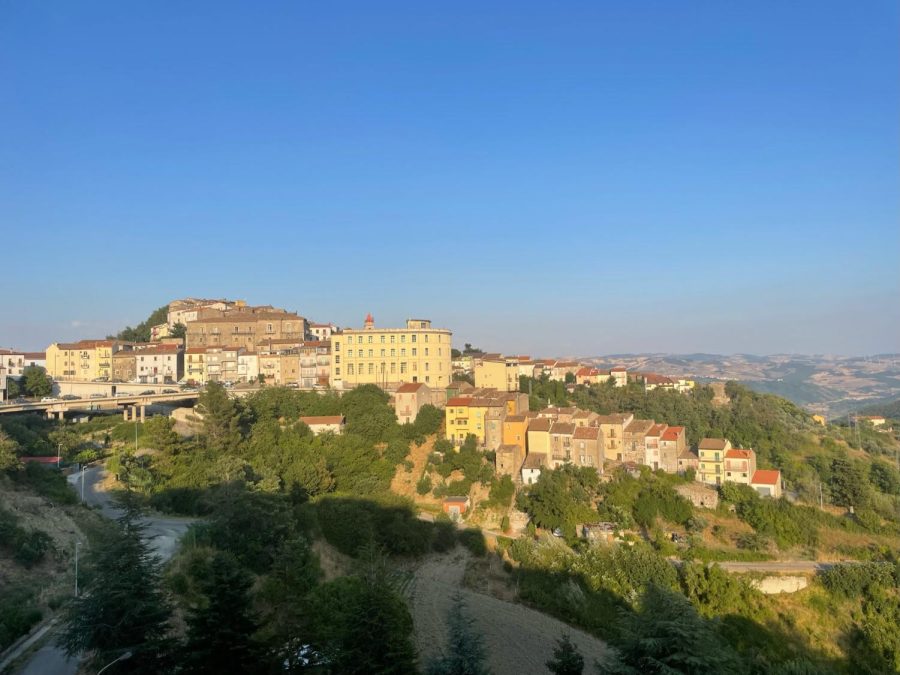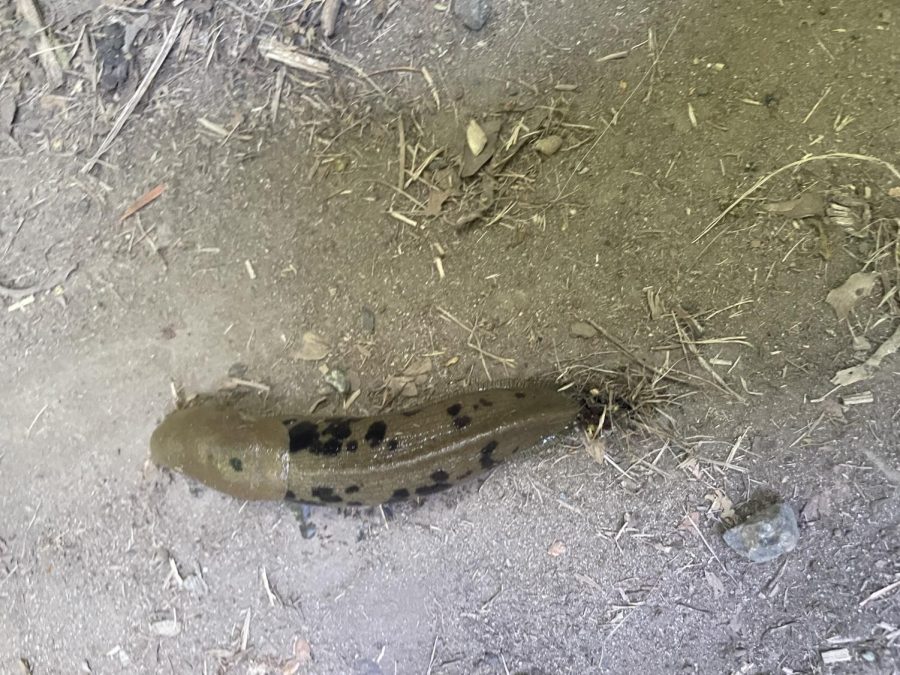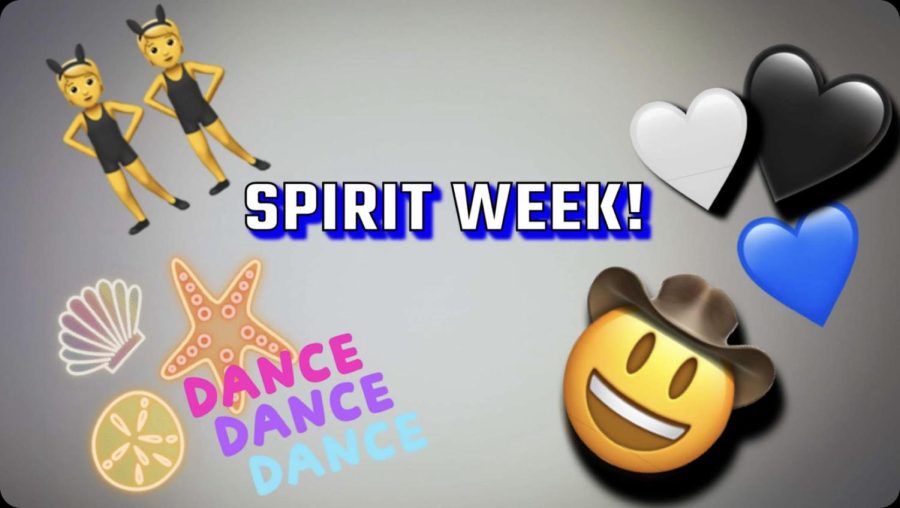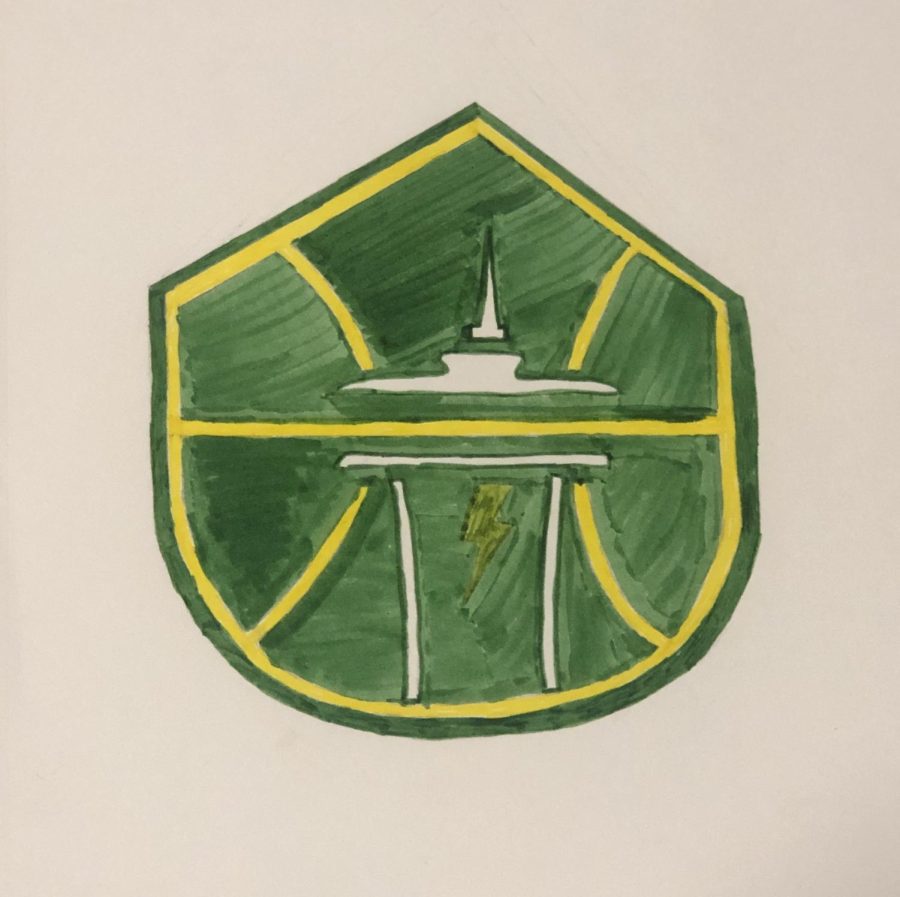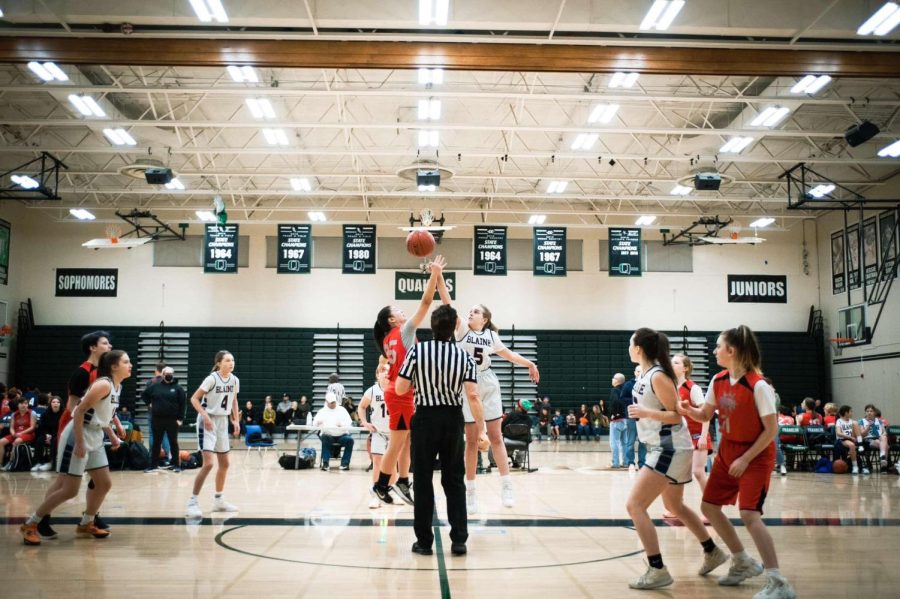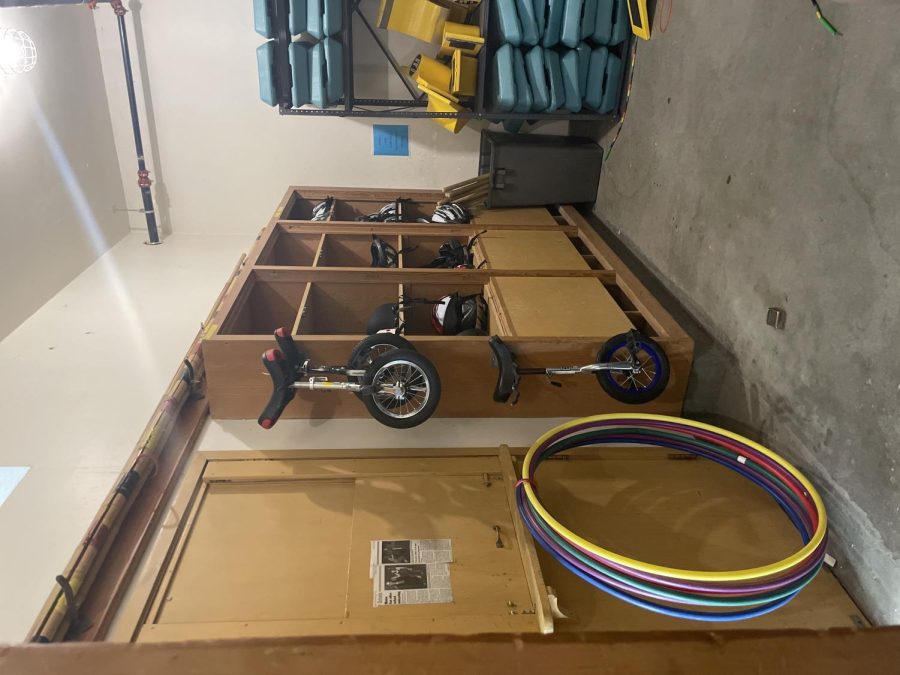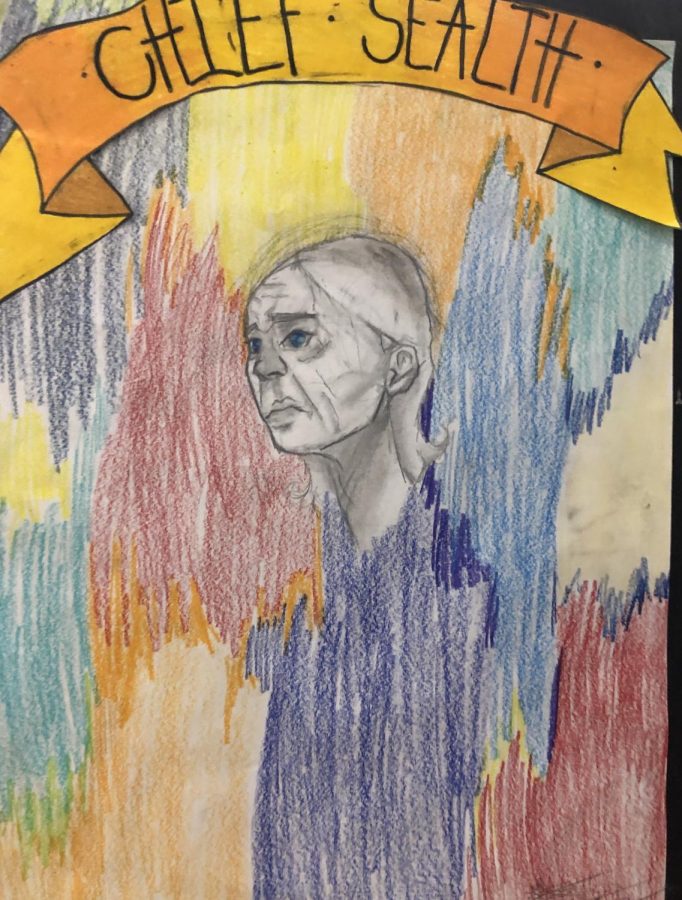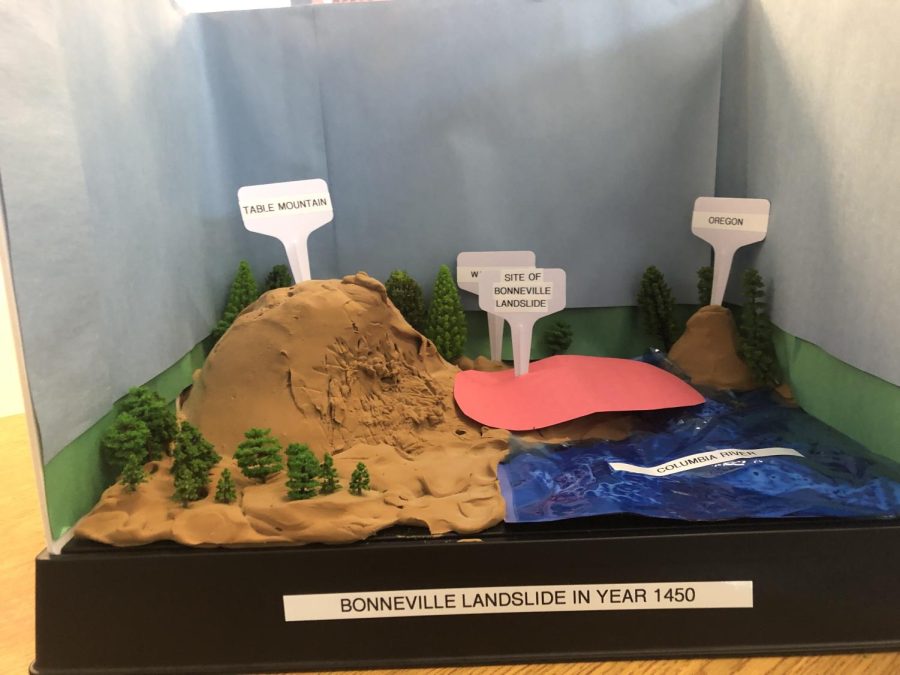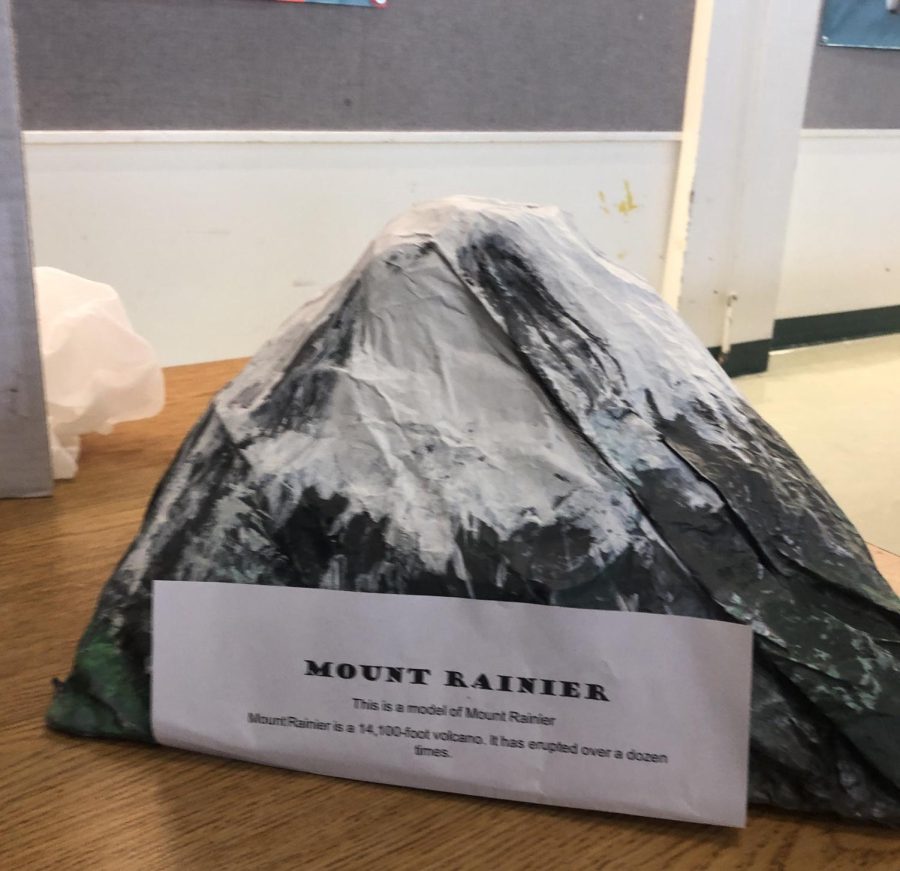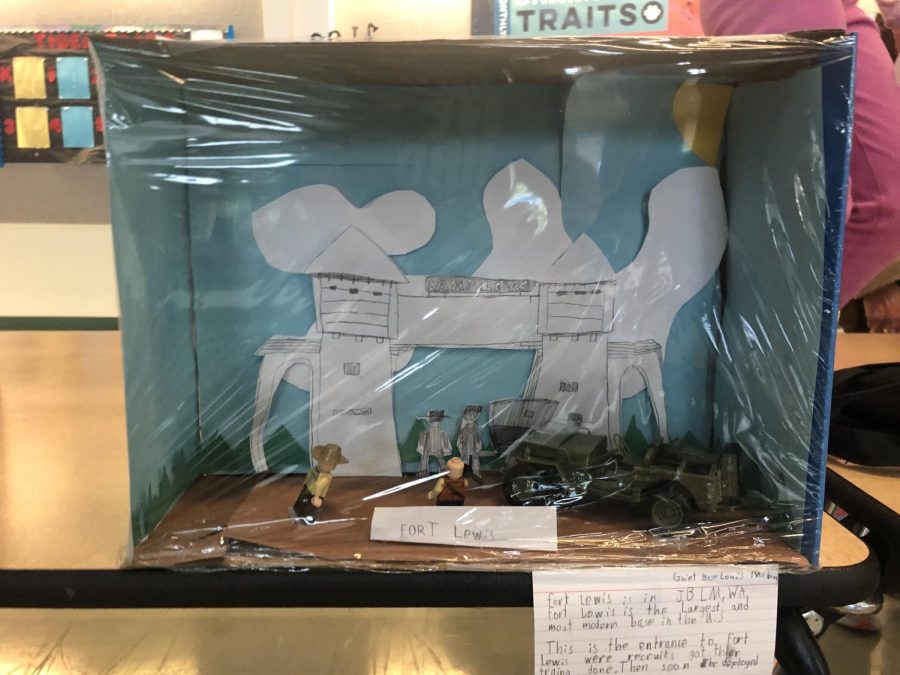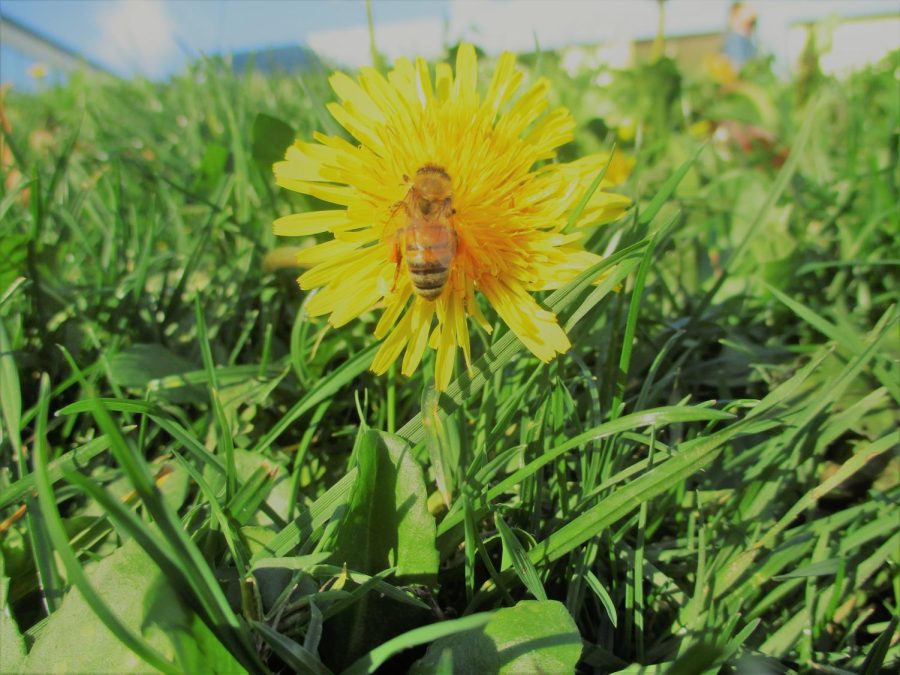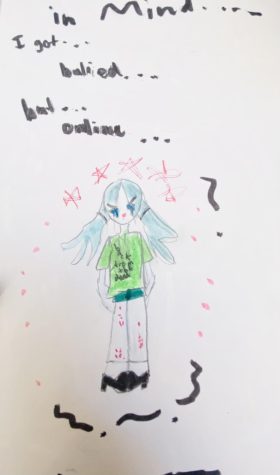Washington Bees Can’t Catch a Break
Washington bees now have two hostile insects to worry about. The first, and least dangerous are the Asian Giant Hornets (pictured right compared to honeybee). The giant hornets grow to be two inches long. A key identifying trait are the hornets’ light orange head, and dark brown body. The first nest discovered in the United States was removed from a tree in Blaine, Washington in late October 2020.
The hornets come from Asia and are believed to have gotten a ride from a ship traveling to Vancouver, Canada. Coincidently, Vancouver and Blaine are only 30 miles apart, and the adult hornets have a max flying speed of 25 mph.
Their diet consists of many types of flies, wasps, bees, and even other hornets. The big bugs have a voracious appetite for honeybees, and their attacks are swift, and brutal. The hefty hornets can destroy a fully functioning hive filled with thousands and thousands of bees in a matter of hours. They attack, decapitating the honeybees, leaving the heads to rot as they fly back to their young and feed the thoraxes of the fallen bees to their offspring.
While the hornets are very deadly to their prey, humans have little to fear, as long as we don’t get too close to the hornet nests. Luckily, the bugs are confined to Whatcom County, Washington. Four nests have been destroyed, and close to 1,000 traps have been set up with more to come.
That brings us to the Houdini Fly. They are a type of kleptoparasite, meaning they do not attack the bees directly, they steal food. The female fly lays her larvae next to the bees’ young, and as the flies hatch earlier than the bees, the fly larvae steal the pollen set aside for the not yet born bees which then starve after birth. The flies were first discovered around the same time as the giant hornets, but unlike the hornets, the Houdini flies are gaining population rapidly. Unfortunately, there is not yet a control method for the flies. The Paw Press wishes our pollinating friends luck in this time of adversity and conflict.
Your donation will support the student journalists of Catharine Blaine. Your contribution will allow us to purchase equipment and cover our annual website hosting costs.

"Boy has too much power in Rise of Kingdoms, what happens next will shock you!" -Dhar Mann
My name's Sam. I have been at Blaine for 8 years. I'm in 7th...
